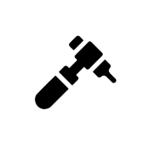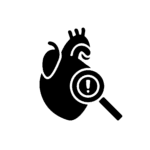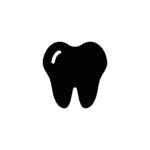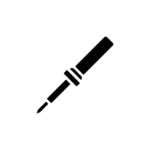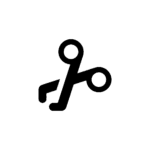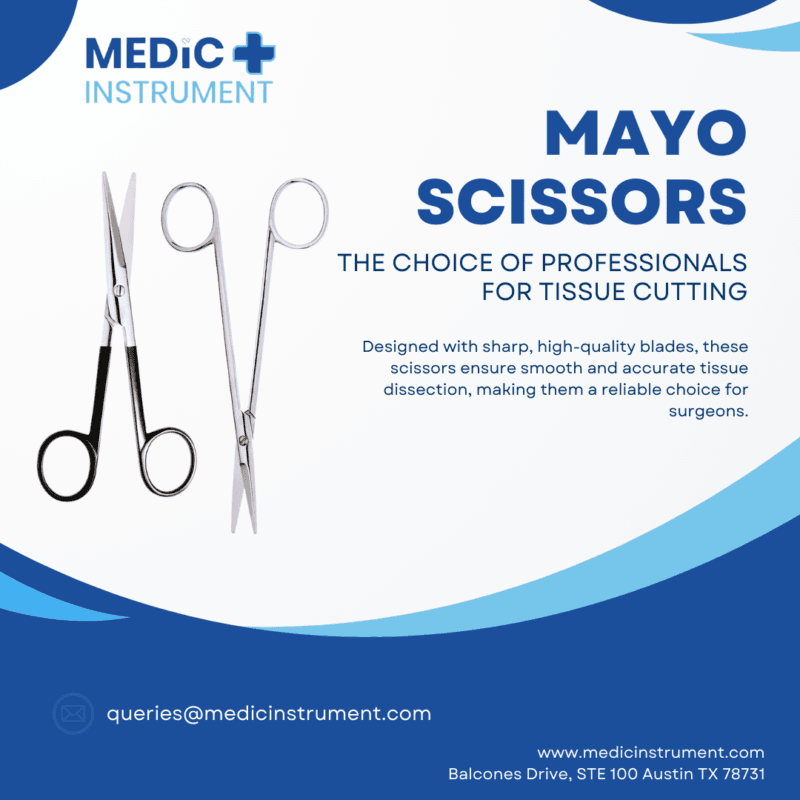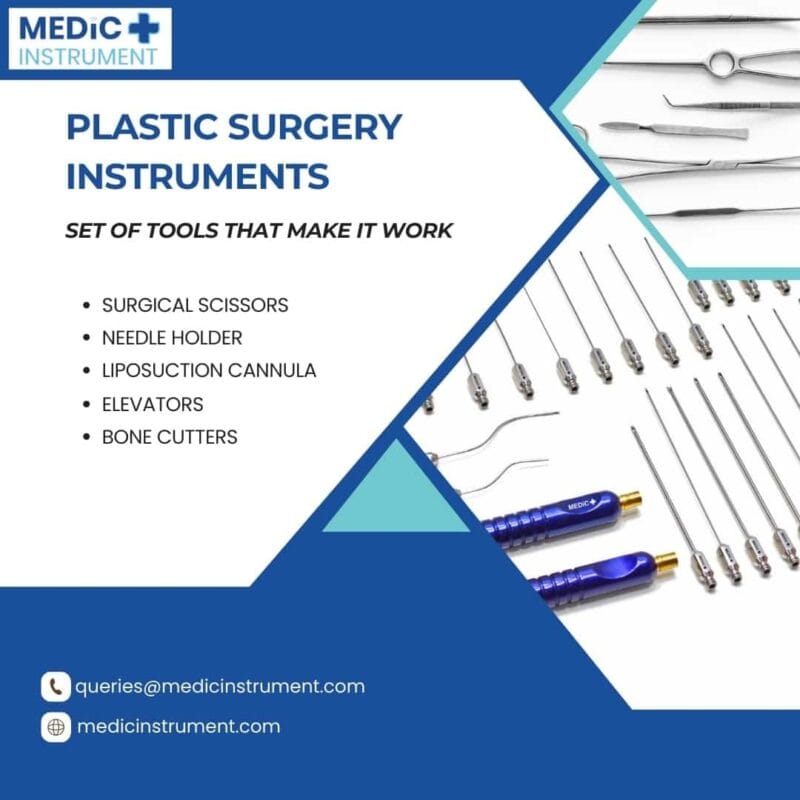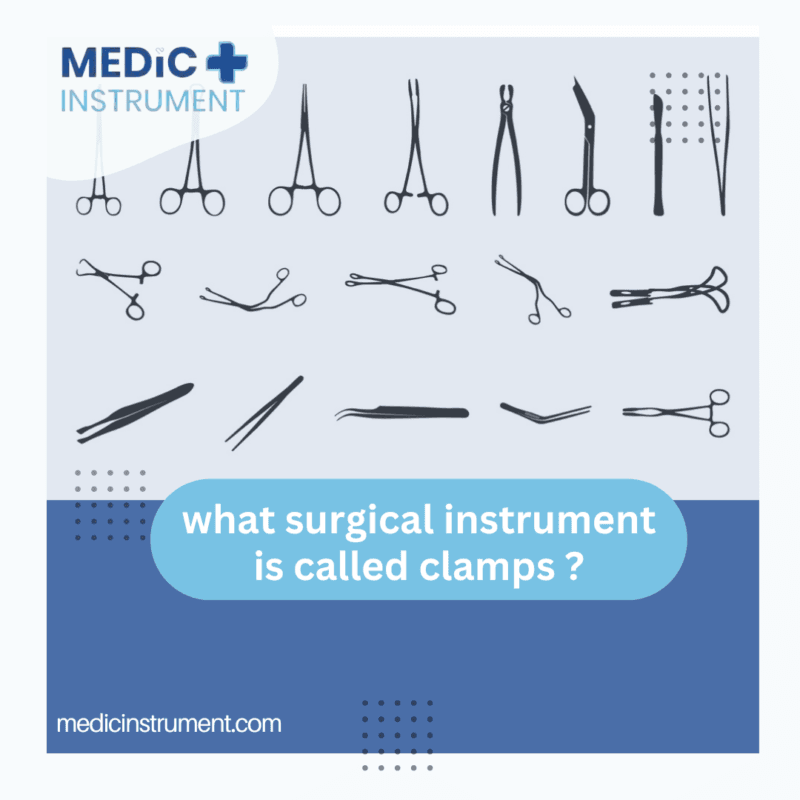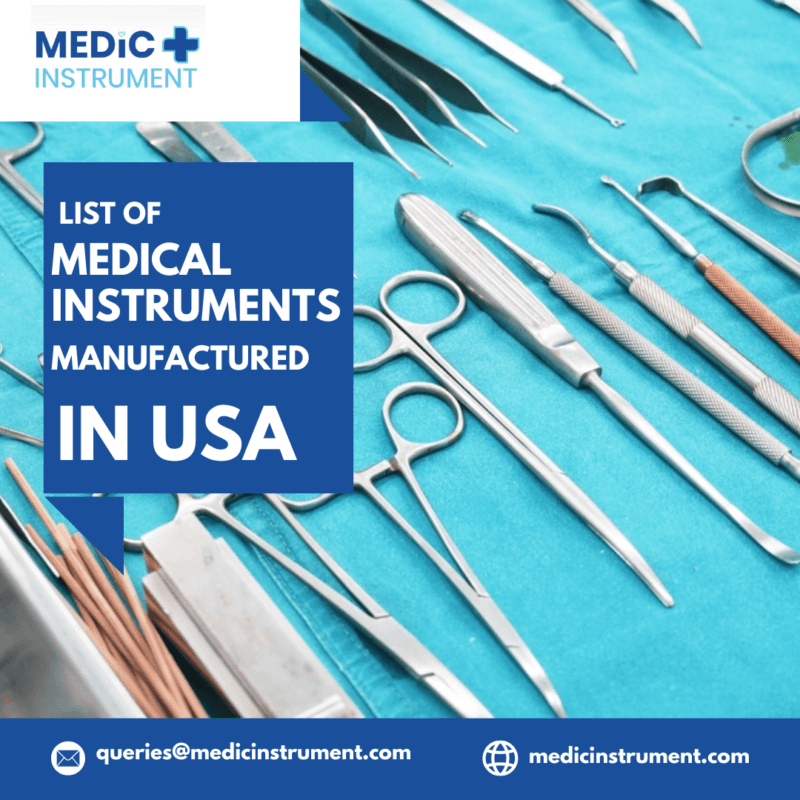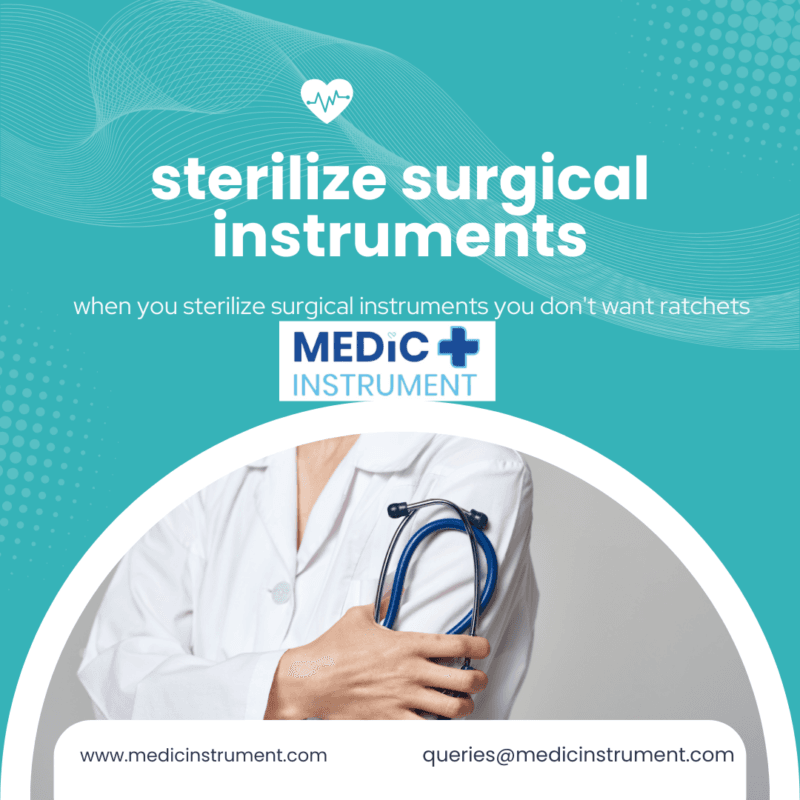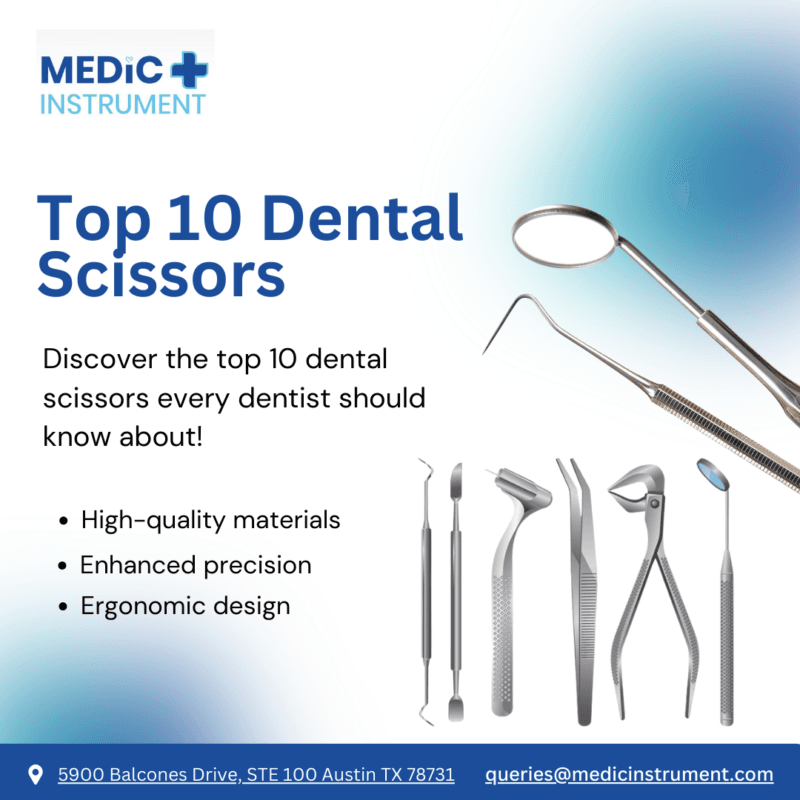Top 10 Must-Have Dental Instruments for Modern Clinics

Dental instruments are essential tools that dental professionals use to diagnose, treat, and maintain oral health. These tools ensure accuracy and efficiency in everything from routine cleanings to complex surgeries. In this guide, we’ll explore the most commonly used dental instruments, their functions, and the significance of specialized tools like medical scissors and burnishers in dental care.
Understanding Dental Instruments
Dental instruments are designed to perform specific tasks, such as removing plaque, shaping restorations, or conducting oral surgery. They are categorized based on their function, ranging from diagnostic tools to surgical instruments. A thorough understanding of these tools is vital for professionals and patients to appreciate the complexity of dental care.
Categories of Dental Instruments
1. Diagnostic Instruments
Diagnostic instruments help dentists inspect the mouth and identify dental issues. These tools are fundamental for accurate treatment planning.
- Mouth Mirrors: Allow dentists to view hard-to-reach areas inside the mouth.
- Explorers: Detect cavities and other irregularities in tooth structure.
2. Restorative Instruments
Restorative instruments are used to repair damaged teeth and restore their functionality and appearance.
- Burnishers: These tools smooth and polish restorative materials, ensuring a seamless finish. They are especially useful in contouring amalgam fillings to create a natural look.
- Carvers: Shape and refine dental restorations.
3. Surgical Instruments
Dental surgery requires precision tools designed for cutting, suturing, and removing tissues.
- Medical Scissors: These are vital for cutting sutures or trimming soft tissues during oral surgery. Their sharp edges allow for clean, precise cuts, minimizing trauma to surrounding areas.
- Scalpels: Used for incisions during surgical procedures.
4. Periodontal Instruments
Periodontal care focuses on gum health, using instruments to treat periodontal diseases.
- Scalers: Remove plaque and tartar from teeth surfaces.
- Curettes: Clean below the gumline and treat gum infections.
5. Orthodontic Instruments
Orthodontic tools adjust and align teeth effectively, ensuring proper occlusion and aesthetics.
- Wire Cutters: Trim braces wires with precision.
- Band Removers: Take off orthodontic bands comfortably and efficiently.
The Role of Burnishers in Dentistry
Burnishers are versatile tools primarily used in restorative dentistry. With smooth, rounded ends, they help contour and polish restorative materials like amalgam or composite. Here’s why they’re essential:
- Functionality: Burnishers ensure that the filling material adapts seamlessly to the tooth’s surface, improving its durability and function.
- Aesthetic Results: By creating a smooth finish, burnishers enhance the appearance of restorations, giving a polished, natural look to dental work.
- Versatility: They can also be used to shape temporary crowns and bridges.
The Significance of Medical Scissors in Dentistry
Medical scissors are indispensable in dental surgery and other oral procedures. Designed for precision, they ensure clean cuts, reducing the risk of complications. Common types include:
- Suture Scissors: Remove stitches post-surgery with minimal discomfort to the patient.
- Tissue Scissors: Trim soft tissues for shaping or removal during oral surgeries.
By providing control and accuracy, medical scissors play a critical role in successful dental procedures.
Maintenance of Dental Instruments
Proper care and maintenance of dental instruments ensure their longevity and functionality. Follow these steps to keep instruments in optimal condition:
- Immediate Cleaning: Rinse instruments immediately after use to prevent debris buildup.
- Sterilization: Use autoclaves or other sterilization methods to eliminate bacteria and viruses.
- Inspection: Regularly check for signs of wear, such as dull blades on medical scissors or bent tips on burnishers.
- Storage: Store instruments in organized trays or racks to protect them from damage.
Well-maintained instruments not only last longer but also ensure patient safety by minimizing the risk of infection.
Technological Advancements in Dental Instruments
The field of dentistry continuously evolves, with innovations improving the efficiency and precision of dental instruments.
- High-Tech Burnishers: Modern burnishers are designed with ergonomic grips and advanced materials for better control and durability.
- Laser Tools: Reduce the need for invasive surgical instruments like scalpels and scissors in some cases.
- Disposable Instruments: Single-use instruments ensure sterility, reducing the risk of cross-contamination.
Why Dental Instruments Are Crucial for Oral Health
Dental instruments like burnishers and medical scissors are not just tools—they are essential in delivering effective care. Here’s how they contribute to oral health:
- Accurate Diagnoses: Diagnostic tools help identify dental issues early, enabling timely treatment.
- Effective Treatments: Restorative and surgical instruments provide the precision needed for successful outcomes.
- Patient Comfort: High-quality instruments ensure smoother procedures, reducing discomfort and recovery time.
Final Thoughts
Dental instruments, from essential tools like burnishers to specialized ones like medical scissors, form the backbone of modern dentistry. They enable professionals to deliver precise, effective, and comfortable care to patients. Whether used in routine checkups, restorative procedures, or complex surgeries, these instruments ensure the highest standards of oral health.
For dental professionals, investing in quality instruments and maintaining them is key to long-term success. Patients, on the other hand, benefit from understanding the tools behind their treatments, fostering trust and confidence in their dental care.




